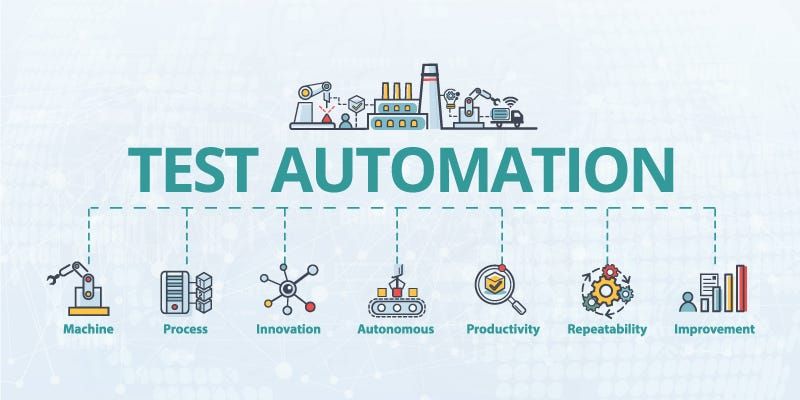Introduction
In the modern era of software development, rigorous testing is no longer a luxury—it's a necessity. Testing ensures that software functions as intended and helps maintain high quality and reliability. Among the various types of tests, automated tests, especially unit tests, play a critical role. This article delves into the intricacies of automated testing, the value it brings to agile methodologies, and how to instill a culture centered around automated testing.
Software testing involves executing a program or system to identify potential issues or bugs. Its goal is to ensure that the software is bug-free, reliable, secure, and performs as expected.
There are several levels of software testing:
- Unit Testing: This is the smallest level of testing and involves testing individual components or units of the software. For instance, in object-oriented programming, a unit could be a method within a class.
- Integration Testing: This level tests the interaction between different software units, ensuring that they work together correctly.
- System Testing: Here, the entire system is tested as per the requirements to ensure that it functions correctly as a whole.
- Acceptance Testing: This final level of testing validates that the system meets the required specifications and satisfies the user's needs.
Types of Tests in Software Development
| Test Type | Purpose | Scope | Performed by | Example |
|---|---|---|---|---|
| Unit Testing | Tests the smallest components or units of the software | Individual functions or procedures | Usually developers | Testing a function that calculates the sum of an array of numbers |
| Integration Testing | Tests the interaction between different software units | Multiple units, modules or subsystems | Usually a specific tester or developer | Testing the interaction between the database layer and business logic layer |
| System Testing | Tests the system as a whole to ensure that it meets the specified requirements | Entire software system | Usually a specific tester or Quality Assurance (QA) team | Testing the system's response under load, stress, and normal conditions |
| Acceptance Testing | Verifies the system against the required specifications to ensure it satisfies the user's needs | Entire system, with focus on user requirements | Clients, end-users, stakeholders or QA team | End users testing the entire flow of an e-commerce website to ensure it's functioning as expected |
Unit Testing
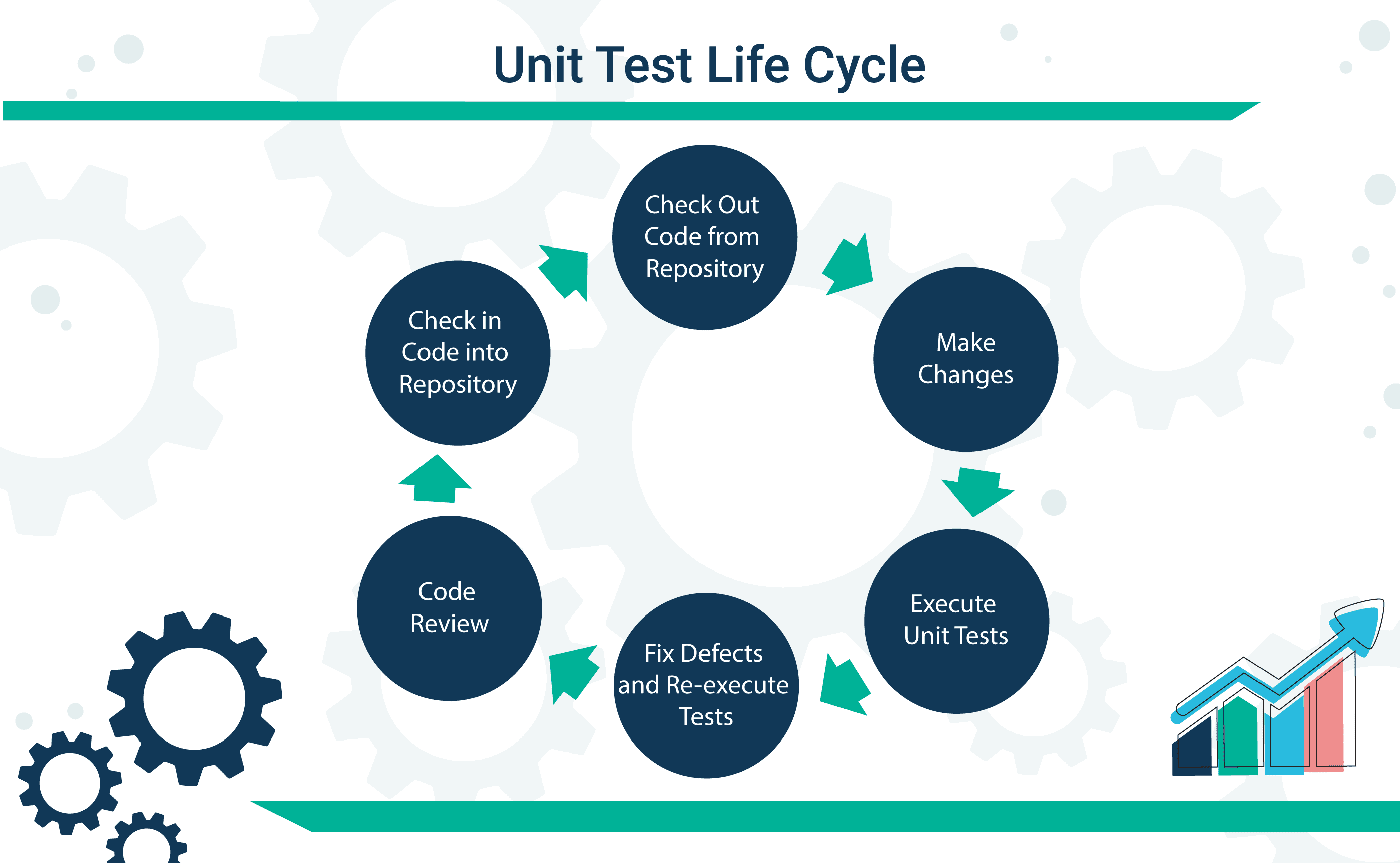
Unit tests are a fundamental aspect of software testing. They focus on the smallest testable parts of an application—units—and validate each separately from the others. An example of a unit test might be a function that calculates the sum of a list of numbers. The unit test would verify the function by providing known inputs (a list of numbers) and comparing the result to the expected output.
Integration Testing
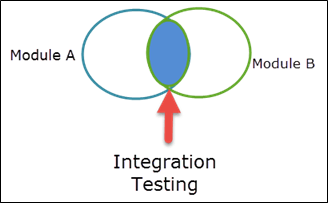
Integration tests aim to test the interaction between different software units, checking that they function correctly when combined. For instance, in a web application, an integration test might check the process of reading data from a database, manipulating it, and displaying it on a webpage.
System Testing
System testing is a high-level test where the entire system is examined in accordance with the system's requirements. This type of testing often includes stress, performance, and load testing to ensure the software can handle real-world scenarios.
Acceptance Testing
Acceptance testing, also known as User Acceptance Testing (UAT), is performed by the end-user or customer to verify the system's functionality against the required specifications. UAT often involves real-world scenarios to make sure the software is ready for release.
Automated Testing and Agile Methodology
Agility, in the context of software development, refers to the ability of a team to respond to changes and deliver high-quality software in short, consistent iterations. However, without comprehensive automated testing, a team may struggle to fully achieve agility for several reasons:
- Lack of Immediate Feedback: Automated testing is key to providing fast feedback on code changes. Without it, developers might spend more time finding and fixing bugs, which slows down the development process and limits agility.
- Impaired Confidence in Changes: When making changes, especially in complex systems, the assurance that other parts of the software have not been affected negatively is crucial. Comprehensive automated tests provide this confidence, ensuring that the software behaves as expected after changes. In their absence, the fear of introducing new issues may hinder rapid adaptation to changes, a core principle of Agile.
- Slower Iterations: Without automated testing, every change needs to be verified manually, which is time-consuming and error-prone. This can significantly slow down the rate at which new features can be developed, tested, and delivered, affecting the team's ability to maintain short, consistent iterations, another key aspect of Agile.
- Increased Risk of Regression: Agile development often involves frequent changes to the codebase. Without automated regression tests, the risk of introducing bugs into previously working functionality increases. The time spent identifying and fixing regression bugs can delay feature development and delivery.
- Inability to Practice Continuous Integration/Continuous Deployment (CI/CD): CI/CD is an essential practice in Agile development, enabling teams to integrate changes frequently and ensure that the software is always in a releasable state. Without comprehensive automated testing, practicing CI/CD effectively becomes nearly impossible.
In conclusion, your team has not fully embraced Agile methodologies until comprehensive Test Automation is in place.
Agile development is a dynamic process, involving regular changes and frequent releases. This approach necessitates a robust automated testing strategy to ensure that rapid changes do not introduce bugs into the system.
In the Agile methodology, automated testing promotes the principles of immediate feedback and continuous improvement. After each change, tests are run automatically, providing instant feedback on the impact of the change. If a test fails, the developer knows immediately that there is a problem that needs to be addressed.
A lack of comprehensive automated testing can hinder the agility of a development team. Without automated tests, teams may spend excessive time manually verifying the functionality of the software, reducing the time available for adding new features. Furthermore, manual testing often cannot keep up with the speed of Agile iterations, increasing the risk of bugs making their way into production.
Automation Test on CI/CD
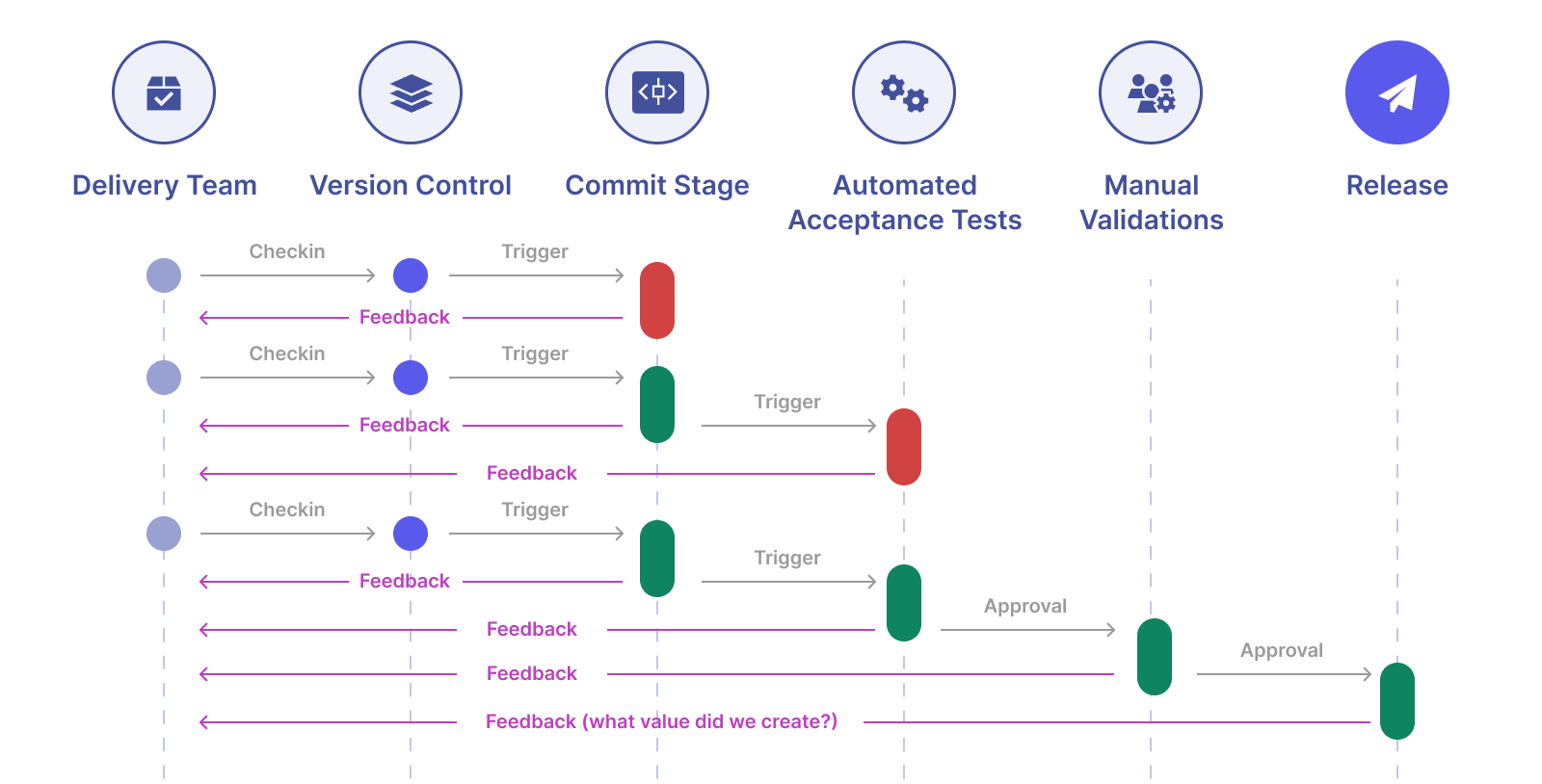
Automated testing is a crucial component of the Continuous Integration/Continuous Deployment (CI/CD) pipeline, playing a significant role in maintaining the stability and reliability of the software. Here's a detailed breakdown of how automated testing fits into the CI/CD cycle:
Continuous Integration (CI)
CI refers to the practice of integrating changes from multiple developers into the main codebase frequently, often several times a day. This approach allows teams to detect integration-related issues early and fix them quickly. Automated tests are crucial to this process:
- Unit Tests: These are typically run whenever a new commit is made to the version control system. Running unit tests at this stage ensures that the new changes haven't broken any existing functionality at a unit level. They help catch issues early, when they are easier and cheaper to fix.
- Integration Tests: These are run after the unit tests, often as part of the build process. Integration tests ensure that the different pieces of code work correctly together.
Continuous Delivery/Deployment (CD)
Continuous Delivery is a development practice where code changes are automatically built, tested, and prepared for a release to production. In Continuous Deployment, every change that passes all stages of the production pipeline is released to the customers. Here's how automated tests fit in:
- Acceptance Tests: Automated acceptance tests are often run as part of the delivery/deployment process. These tests ensure that the system as a whole works as expected from the user's perspective, validating that it meets the specified requirements.
- Smoke Tests: These tests are commonly run after deployment to verify that the basic functionality of the system works as expected. They help catch any issues that might have been introduced during the deployment process.
- Regression Tests: As part of the CD process, automated regression tests are run to ensure that new changes haven't broken any existing functionality. This helps maintain the overall quality of the software.
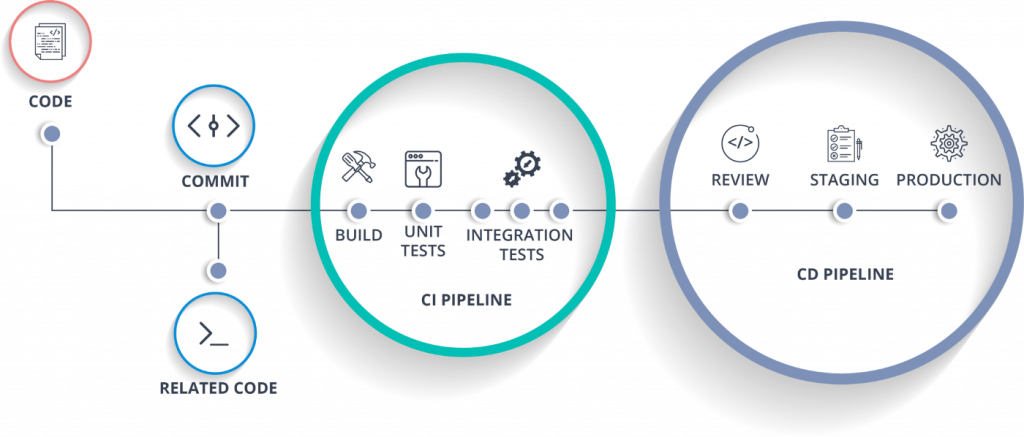
By integrating automated testing into the CI/CD cycle, teams can ensure that their code is always in a releasable state, significantly reducing the time and effort required to get new features and bug fixes to the end-users. It also aids in maintaining high software quality by catching issues early in the development cycle, when they are easier and cheaper to fix.
About 8grams
We are a small DevOps Consulting Firm that has a mission to empower businesses with modern DevOps practices and technologies, enabling them to achieve digital transformation, improve efficiency, and drive growth.
Ready to transform your IT Operations and Software Development processes? Let's join forces and create innovative solutions that drive your business forward.
Subscribe to our newsletter for cutting-edge DevOps practices, tips, and insights delivered straight to your inbox!

